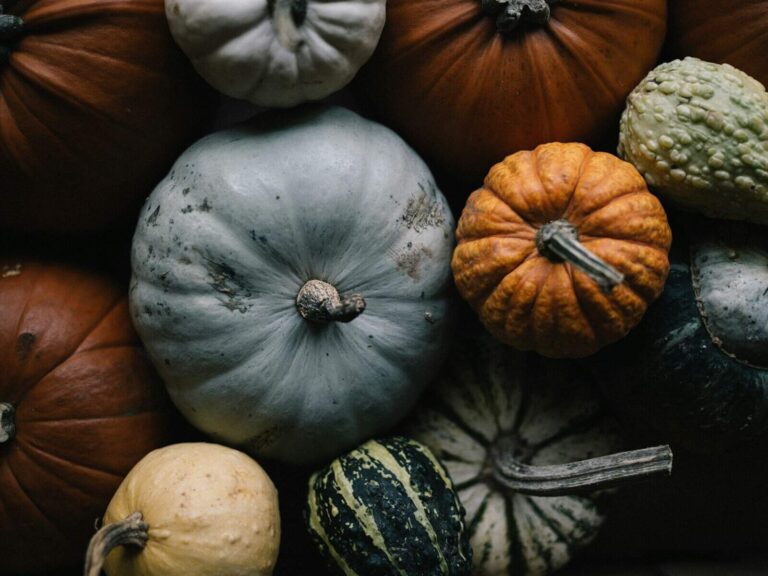Dynamic Native American Wellness Traditions to Explore This Month
November is an ideal month to explore Native American holistic healing practices. This month honors a bold heritage and its history of connecting spirituality, community, and nature in its approach to health and wellness. Their traditions, rooted in the wisdom of the ancients, help inform today’s modern wellness approaches. Here are some of their traditional practices:
The Role of the Sacred
Spirituality is at the root of native peoples’ healing philosophies. The emphasis is on harmony with nature, for all living beings are interconnected. Nature is deeply respected, which supports their responsibility to maintain balance and harmony. Balancing the natural world with individuals’ physical, mental, emotional, and spiritual aspects leads to optimal health.
Some native healing practices include healing hands (massage therapy), prayer, healing energy, smudging (purifying with sacred smoke), and circle drumming. They implement 4 sacred medicines: sage, cedar, sweetgrass, and tobacco. In today’s modern holistic practices, vitality, resilience, and inner peace are achieved through meditation, nature connectedness, and mindfulness.
Medicinal Herbs
For centuries, Native Americans have traditionally used medicinal herbs for healing. Traditional healers, called medicine men and women, have a broad knowledge of the therapeutic properties of local plants. With their understanding of nature’s power, they transform common herbs into remedies for fevers, wounds, digestion, and more.
Native American healing rituals have used herbs such as echinacea, sweetgrass, cedar, and sage for immune support, purification, and spiritual ceremonies. Their natural healing knowledge, handed down through the ages, inspires modern medicine to incorporate herbs for their potent healing properties and use in alternative therapies.
Sweat Lodges
In some Native American communities, sweat lodges hold great spiritual and cultural value. In these lodges, purification ceremonies take place to cleanse the spirit, mind, and body. It is believed that the lodge facilitates individuals’ sweating to release toxins, thereby promoting emotional renewal and mental clarity.
This detoxification method is a part of the traditional fabric of native culture. Sweat lodges aren’t easily accessible to everyone, but these purification rituals can be incorporated into contemporary detoxification practices. Steam baths, saunas, or mindful cleansing practices provide a way for people to journey toward their holistic well-being.
Indigenous Healing Practices
Mainstream healthcare integrates indigenous healing practices to reinforce its holistic treatment methods while recognizing their value in its modern structures. Incorporating traditional healing practices such as mindfulness, herbal medicine, and community-based interventions offers more comprehensive care options respectful of diverse cultural wellness approaches.
This enhances patient care and contributes to inclusivity in healthcare, which acknowledges the profundity of native healing traditions.
Cross-cultural Partnerships
Honoring and preserving Native American healing traditions takes collaboration that bridges cultural differences and maintains respectful partnerships. Cross-cultural collaboration promotes the medicinal knowledge and healing wisdom of indigenous peoples. Partnerships allow practitioners, wellness advocates, researchers, and Native Americans to work together to safeguard this knowledge.
It ensures that their ancient wisdom is appropriately represented in larger health frameworks. Collaboration fosters cultural reciprocity, shared learning, and mutual respect. It contributes to preserving invaluable native contributions to wellness practices and global health.
Conclusion
Indigenous healing practices benefit contemporary health and wellness strategies. The healthcare system honors indigenous health practices rooted in the sacred, medicinal herbs, sweat lodges, and indigenous healing practices that provide a better holistic understanding of well-being. Cross-cultural partnerships promote a more holistic understanding of well-being from passed-down ancestral wisdom.
This knowledge not only transcends individual health and wellness but also contributes to community vitality. Indigenous wisdom is profoundly relevant today in shaping holistic health perspectives, as it advocates for the respective integration and preservation of diverse wellness approaches.







